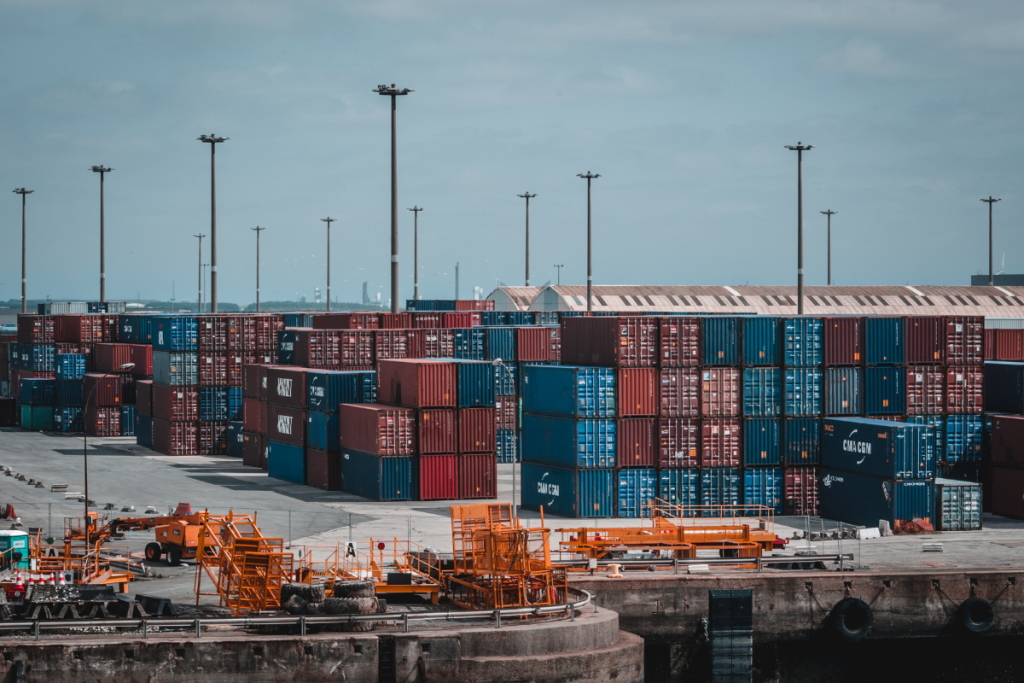Starting in 2025, Canada is launching a $5 billion Strategic Response Fund (SRF), designed not just to promote innovation but to help industries hit hard by trade disruptions. The SRF is aimed at businesses operating in strategic, trade-exposed sectors such as steel, aluminum, automotive supply chains. Companies may qualify if their projects help sustain or expand domestic production, open new markets, retain jobs, or strengthen long-term competitiveness. The SRF also supports market diversification initiatives, projects that help firms pivot to meet Canadian demand, and activities that accelerate export growth. In essence, the SRF focuses on three core goals: enabling companies to shift into new products or markets, preserving critical production capacity in Canada, and bolstering sectoral competitiveness.
While the SRF is an evolution of the Strategic Innovation Fund (SIF), it is different because it explicitly focuses on restoring resilience in sectors exposed to tariffs, as opposed to the SIF which was designed primarily to support large-scale innovation, R&D, and commercialization across a broad range of sectors without any specific link to trade disruptions or tariff impacts. Additionally, while the SRF inherits SIF’s mission of de-risking innovation, it adds extra flexibility: funding is available for everything from pre-development (like front-end engineering) to demonstration, capital investments, and capacity-building. Furthermore, both the SIF and the SRF prioritize large-scale projects: the minimum funding request is $20 million, with federal contributions of at least $10 million.
Despite its new resilience-first focus, the SRF does not abandon SIF’s legacy of supporting innovation. It will continue to support large, transformational projects: advanced R&D, commercialization, and select technology infrastructure initiatives, including those tied to AI. Importantly, ISED has confirmed that all existing SIF agreements will continue to advance as planned under SRF, ensuring continuity. However, projects aimed at expanding domestic AI compute capacity (such as Canadian-based AI data centres and sovereignty-focused infrastructure) will not be funded under SRF; these will continue to be assessed through the AI Compute Challenge.
Taken together, the SRF signals a major strategic shift in how Canada supports industry: innovation remains important, but resilience and trade security are being prioritized. By combining SIF’s innovation framework with new tools to help companies withstand tariff pressures, pivot to alternative markets, and safeguard domestic capacity, the SRF positions Canada to respond to global disruptions while investing in long-term competitiveness

